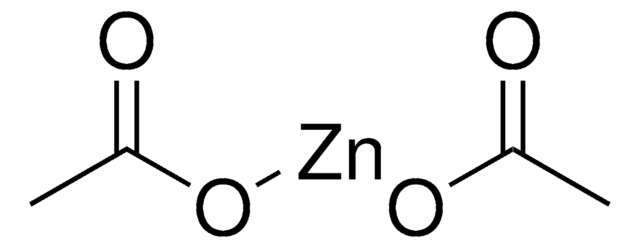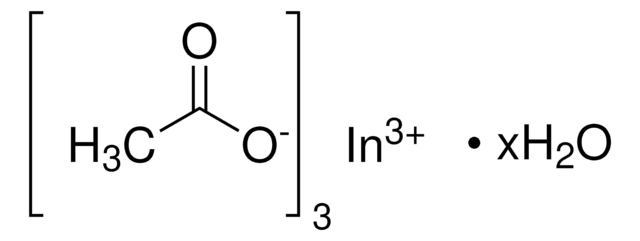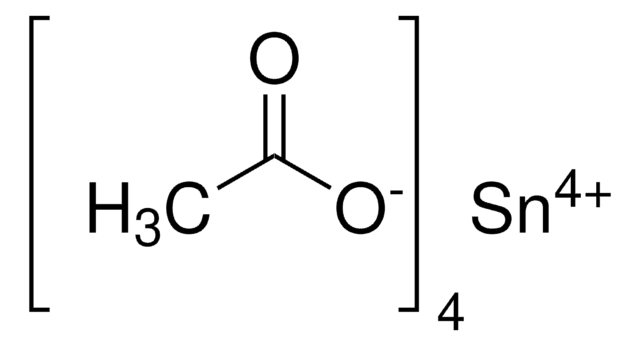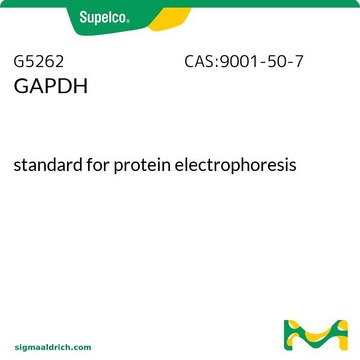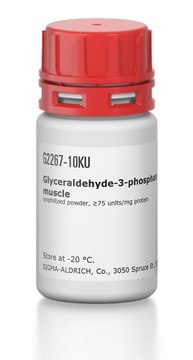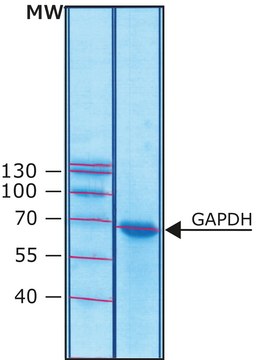510270
Indium(III) acetate
99.99% trace metals basis
Synonym(s):
Indium triacetate
Select a Size
About This Item
Recommended Products
Quality Level
Assay
99.99% trace metals basis
form
solid
reaction suitability
core: indium
reagent type: catalyst
mp
270 °C (dec.) (lit.)
SMILES string
CC(=O)O[In](OC(C)=O)OC(C)=O
InChI
1S/3C2H4O2.In/c3*1-2(3)4;/h3*1H3,(H,3,4);/q;;;+3/p-3
InChI key
VBXWCGWXDOBUQZ-UHFFFAOYSA-K
Looking for similar products? Visit Product Comparison Guide
Related Categories
1 of 4
This Item | G2267 | SRE0024 | G6019 |
|---|---|---|---|
| technique(s) electrophoresis: suitable | technique(s) - | technique(s) - | technique(s) - |
| grade for molecular biology | grade - | grade - | grade - |
| form powder | form lyophilized powder | form - | form lyophilized powder |
| storage temp. 2-8°C | storage temp. −20°C | storage temp. −20°C | storage temp. −20°C |
| mol wt ~36 kDa | mol wt - | mol wt - | mol wt - |
| Quality Level 200 | Quality Level 200 | Quality Level 200 | Quality Level 200 |
General description
Application
- As a precursor to fabricate In2S3 thin films via chemical spray pyrolysis. These films are used as electron transport layers in highly efficient perovskite solar cells.
- To prepare indium arsenide quantum dots which are infrared emitting nanomaterials used in optoelectronic and biomedical applications.
Signal Word
Warning
Hazard Statements
Precautionary Statements
Hazard Classifications
Eye Irrit. 2 - Skin Irrit. 2 - STOT SE 3
Target Organs
Respiratory system
Storage Class Code
11 - Combustible Solids
WGK
WGK 3
Flash Point(F)
Not applicable
Flash Point(C)
Not applicable
Personal Protective Equipment
Choose from one of the most recent versions:
Certificates of Analysis (COA)
Don't see the Right Version?
If you require a particular version, you can look up a specific certificate by the Lot or Batch number.
Already Own This Product?
Find documentation for the products that you have recently purchased in the Document Library.
Articles
The properties of many devices are limited by the intrinsic properties of the materials that compose them.
Our team of scientists has experience in all areas of research including Life Science, Material Science, Chemical Synthesis, Chromatography, Analytical and many others.
Contact Technical Service


